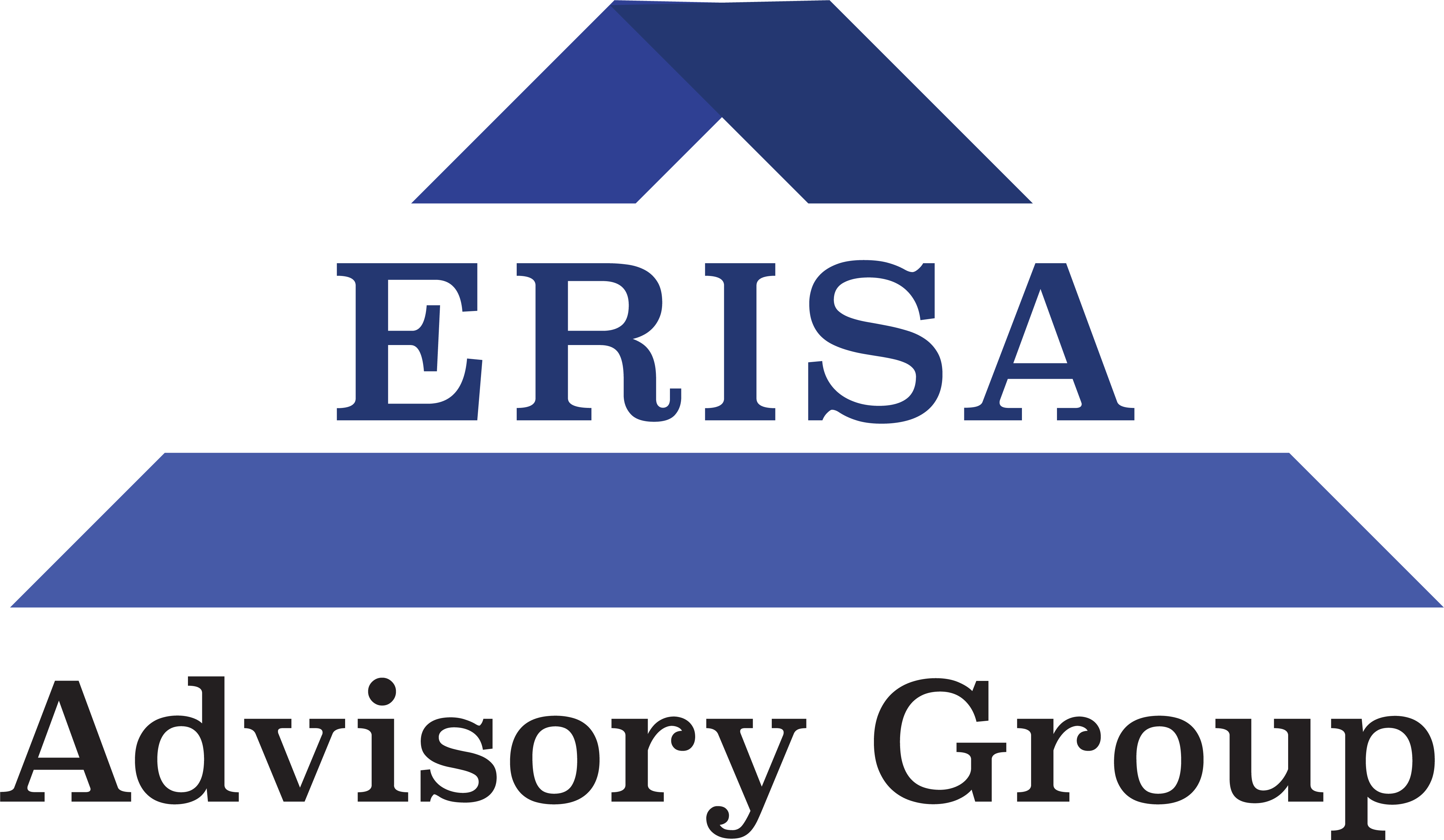ERISA INSIDER VOL. I, ED. II: Why Your Form 5500 Could Get You Audited
Form 5500 “audit triggers” are easily avoidable. But, if left unchecked, will land you in the crosshairs of the DOL’s investigative team.
Dear Employer,
Most organizations that get audited by the DOL’s Employee Benefits Security Administration, or EBSA for short, never saw it coming.
Especially back in the 70’s when ERISA plans first came under the watchful eye of the US Department of Labor…
A new era of qualified retirement plan audits and litigation was officially underway, leaving employers scrambling to figure out how to keep their retirement & health benefit plans compliant with the recently passed legislation.
To this day, one of the easiest ways to trigger an ERISA audit of your employee health benefit or retirement plan is to make a mistake on your Form 5500.
In a world where several “National Enforcement Projects” are working to catch Plan Sponsors sleeping on the job — a simple error on your annual Form 5500 is a no-brainer for the DOL to spring into action.
The good news is, in 2020, some fiduciaries have figured out how to get the job done right. Better yet, we now know the worst mistakes to avoid that can trigger a government audit of your plan.
It Starts With Knowing Who Reads The Form 5500 After You Turn It In…
In case you didn’t know, the Form 5500 series was created under Title I of ERISA, along with the formation of the Employee Benefits Security Administration (EBSA).
The EBSA is the office within the Department of Labor responsible for monitoring your ERISA plan, and it exists for one reason:
To assure the security of employee benefits and retirement plan participants, and their beneficiaries.
Basically, their job is to make sure you’re not breaching your fiduciary duty to your clients. Either on purpose, or by accident.
According to their website, they will accomplish this mission by “vigorously enforcing the law”. (See dol.gov)
The First Line Of Defense To Protect Your Plan
Your first line of defense to protect your plan, and your business’s reputation, is the Form 5500.
Form 5500 is the document that showcases the financial strength and security of your plan to the public.
It’s the place where your plan becomes transparent for the world to see.
And it can be requested by any plan participant, or government official, at any time according to ERISA.
It goes without saying — it is crucial to ensure your Form 5500 is done correctly.
Sure, simple mistakes (like leaving lines blank, entering the wrong EIN number, noting “zero” plan participants, etc.), could spark an inquiry from the DOL.
But, there are a few major red flags that serve as a government investigator’s first-class ticket inside of your company’s plan.
Avoid These Four Audit Triggers…
These are some things you never want to see on your Form 5500:
#1 Commissions being received by a PEO-owned or Association-owned insurance agency on Schedule A.
Many Professional Employer Organizations (PEOs) have vested interests in their own insurance agencies. In fact, it’s not uncommon for owners of a PEO to have started out in the insurance industry — and later move into the co-employment space to leverage the services from their insurance agency.
While this may seem like an ingenious strategy to maximize profits, and help more employees get the coverage they need, it can cause problems under ERISA.
This is because ERISA lays out strict rules regarding transactions with “parties in interest”. If these rules are violated, an organization can be subject to penalties for engaging in a prohibited transaction under ERISA section 406(a).
If you are a Plan Administrator for a PEO-Sponsored ERISA Plan, be sure that the organization follows the rules to avoid a prohibited transaction with an insurance agency in which it has an ownership interest.
Breaking this rule is a fundamental breach of your fiduciary duty, and will likely result in an audit of your plan.
#2 Schedule C service providers listed who are not outside entities.
Schedule C on the Form 5500 outlines service providers that are utilized by the plan, whose fees are in excess of $5,000 during the plan year.
Transactions with outside service providers to assist in the plan’s operations are allowed under ERISA. Especially when these service providers are prudent experts who can enhance the plan’s success.
However, Schedule C only permits you to list service providers who act independently from your organization. You cannot list fiduciaries, legal counsel, or other persons who have an interest within the company in this section.
This is a red flag that will trigger an audit of your plan, as it could indicate potential prohibited transactions or self-dealing in your organization.
#3 Affirmative answer to the questions regarding a transaction with a party-in-interest.
When you look through the Form 5500, you’ll see that many questions throughout the form seem repetitive. That’s because in many cases, they are.
The DOL wants to see consistency in the information you provide on the Form 5500. If you answer one question regarding a transaction with a party-in-interest one way, and answer a similar question regarding that same transaction differently later on, it will look suspicious.
Often, a Plan Administrator will make this mistake because he won’t realize the DOL is actually looking for a repetitive answer. It is natural to assume each question on the Form serves a unique purpose, and should likewise have a unique answer.
However, this can trigger an audit of your plan if you aren’t careful. When asked about a transaction with a party-in-interest, be sure to provide the same information in your answer wherever that transaction is mentioned.
We recommend working with an independent fiduciary to review your Form 5500, and check each question regarding these transactions to reflect consistent answers.
#4 Plan unable to pay benefits that are due.
The most obvious sign of a plan that’s in trouble is one that is unable to pay benefits that are due.
If upon completion of your Form 5500 you realize the numbers show the plan was unable to pay certain benefits to participants, you need to consult with an ERISA Independent Fiduciary, and/or legal counsel.
Do not change the numbers to make everything line up, or omit information so the Department of Labor doesn’t see the problem.
DOL Investigators are trained to find these errors or omissions, and will immediately spring into action if they think you are covering up mismanagement of your plan.
The best hope you have to minimize penalties (or a potential class-action lawsuit), is to hire an ERISA Independent Fiduciary who will prudently examine the plan and make corrections to your strategy.
How To Make Your Form 5500 Audit-proof
How can you be sure your Form 5500 is solid before you submit it?
Consult with an independent fiduciary who specializes in ERISA compliance.
Preferably, hire an ERISA Independent Fiduciary to serve as your 3(16) Plan Administrator – and oversee operations of the plan year round.
Remember, your Form 5500 is a reflection of how well your company is managing its employee benefits or retirement plan.
To prove your organization is both competent and compliant in this process, trust an expert to administer your ERISA plan.
Get Help From The ERISA Advisory Group
The ERISA Advisory Group has been helping businesses across America stay ERISA compliant since 1995.
To learn more about our Form 5500 & ERISA Independent Fiduciary services, schedule a free consultation with our founder and president, William Kropkof, CEBS.

